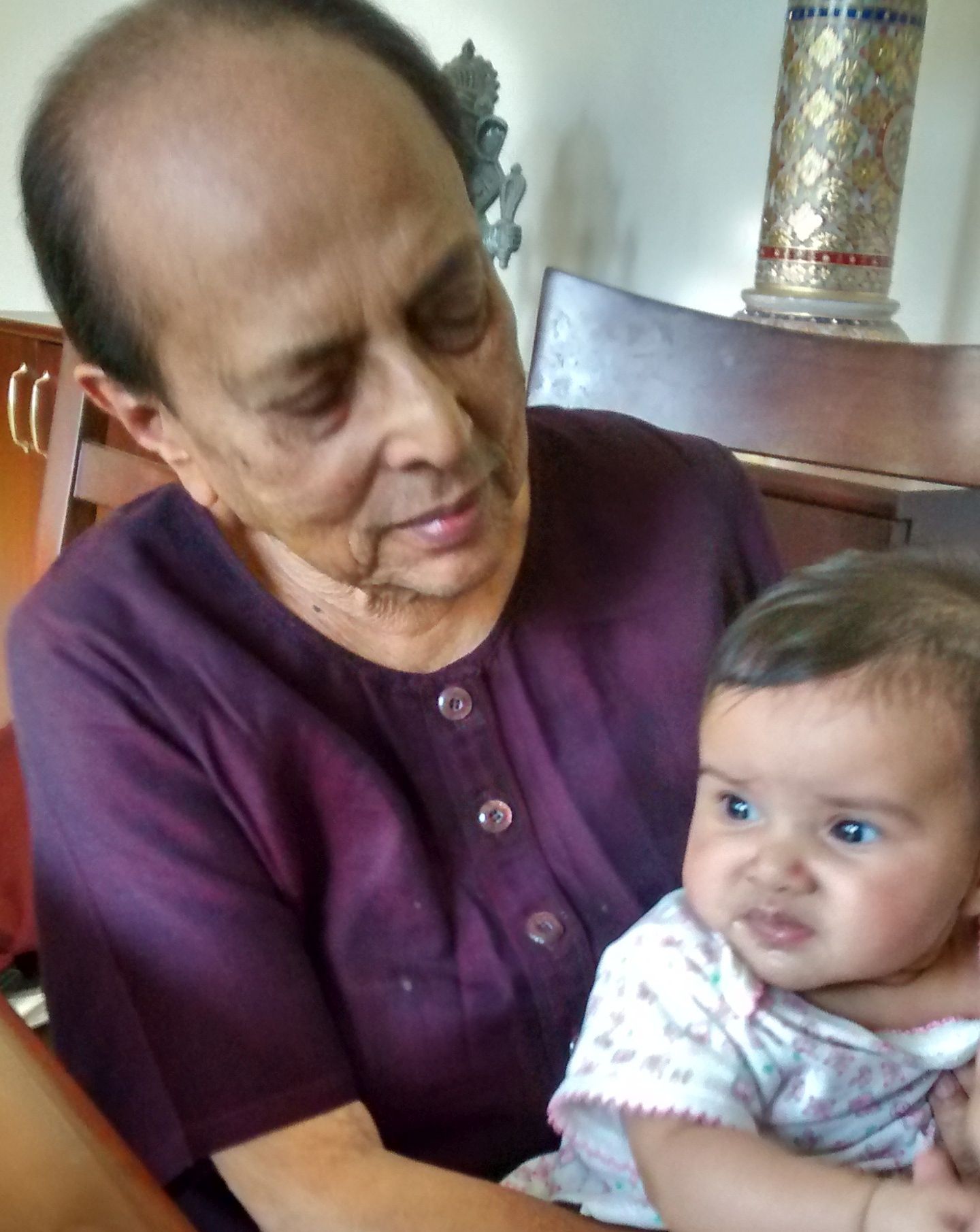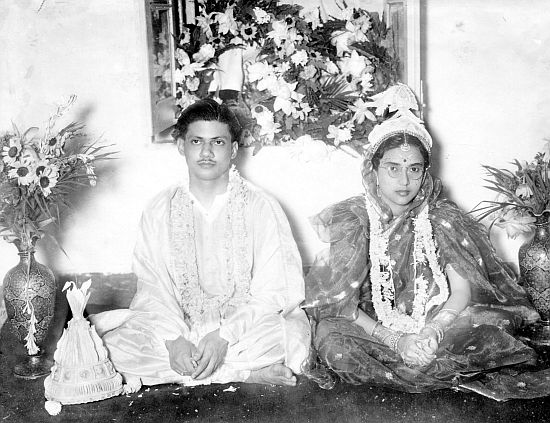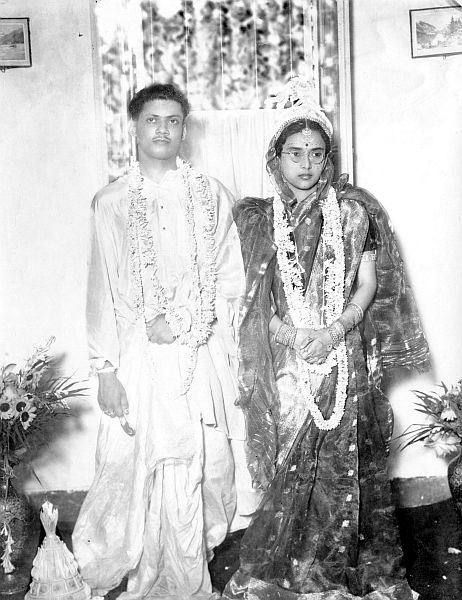
Sadhona Debi Chatterji was born in October 1931 in Calcutta to Hari Prasad and Subarna Bannerjee. She did her matriculation, and got married to Birendra Kumar Chatterji in June 1948. She has a son and a daughter. Her husband, like her father, was in the Imperial Bank of India, which later became the State Bank of India. Her husband retired as Chairman UCO Bank in 1984, and passed away in 1989.
She has had a tremendous interest in national and world affairs, with her own opinions on many issues. She is an avid reader. She has been a popular and well-loved person among the family and a very large circle of friends. Even at the age of 85 and ailing, she got phone calls from all over the world. She passed away in 2015.
Editor's note: Sadhona Chatterji wrote this note in her diary in the 2002. It has been typed and provided by her son in 2018.
I was married on the 28th of June, 1948. My husband late Shree Birendra Kumar Chatterji, belonged to Allahabad. He and most of his siblings were born and brought up there.

Birendra and Sadhona Chatterji. Wedding. 28 June, 1948, Calcutta (Kolkata).

Birendra and Sadhona Chatterji. Wedding. 28 June, 1948, Calcutta (Kolkata)
His father, late Shree K.P. Chatterji, was a professor in Allahabad University. His subject was Chemistry.